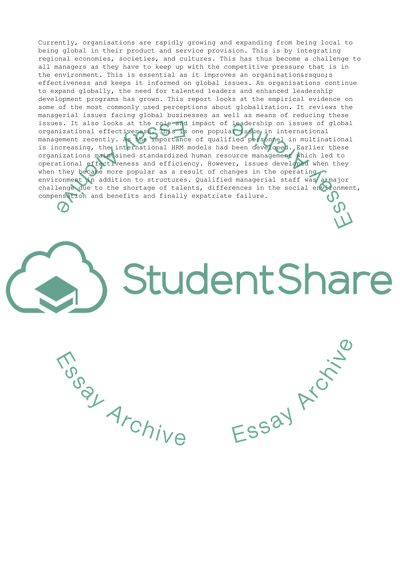Cite this document
(Leadership Across All Economic Cycles: Leaders' Behaviour and Book Report/Review, n.d.)
Leadership Across All Economic Cycles: Leaders' Behaviour and Book Report/Review. Retrieved from https://studentshare.org/business/1736374-individual-research-paper-of-2500-words
Leadership Across All Economic Cycles: Leaders' Behaviour and Book Report/Review. Retrieved from https://studentshare.org/business/1736374-individual-research-paper-of-2500-words
(Leadership Across All Economic Cycles: Leaders' Behaviour and Book Report/Review)
Leadership Across All Economic Cycles: Leaders' Behaviour and Book Report/Review. https://studentshare.org/business/1736374-individual-research-paper-of-2500-words.
Leadership Across All Economic Cycles: Leaders' Behaviour and Book Report/Review. https://studentshare.org/business/1736374-individual-research-paper-of-2500-words.
“Leadership Across All Economic Cycles: Leaders' Behaviour and Book Report/Review”, n.d. https://studentshare.org/business/1736374-individual-research-paper-of-2500-words.


